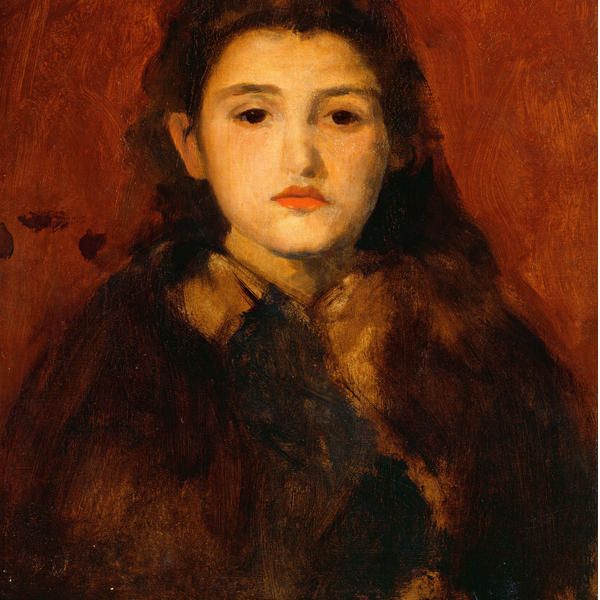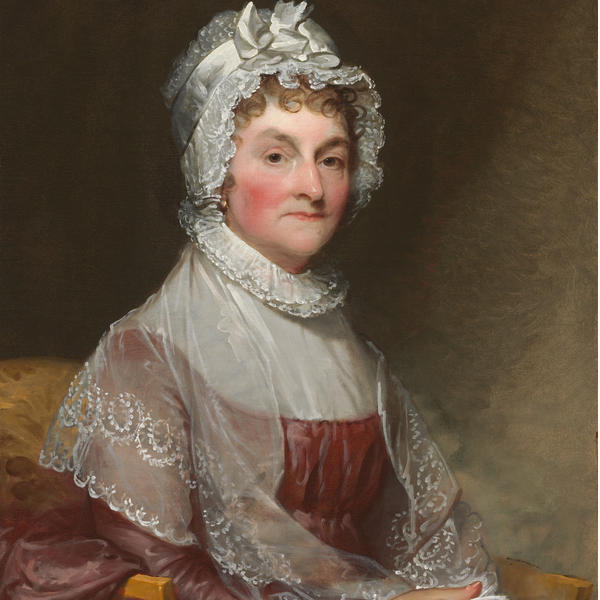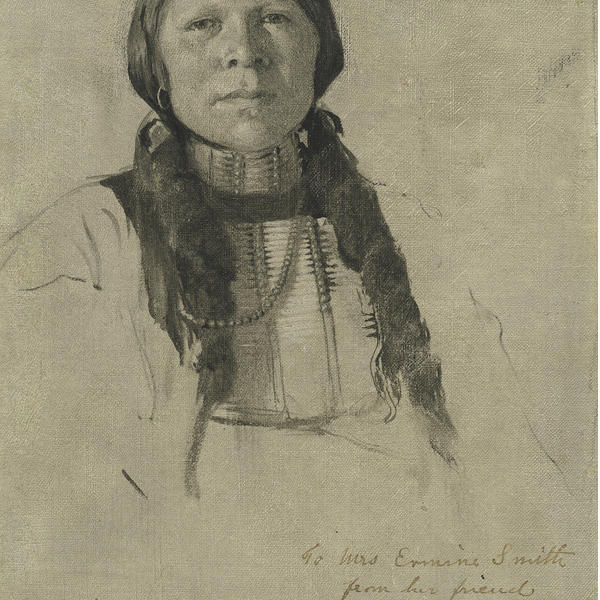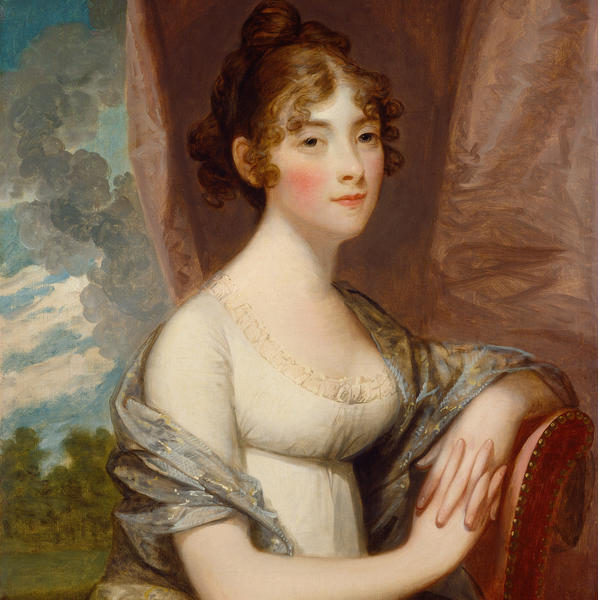DIARY OF A Z GIRL
Scenes Design
Design Fiction
Writing
Cover Concept
Dialogue And Pace For Happy Audiences
The main tools to get the audience past the first chapters of a novel (or the first twenty minutes of a movie) are dialogue and action. Dialogue --the most basic form of action-- prepares the public for sequences of action: a road of trials the hero and his sidekicks have to face to accomplish something they need or want (the question of the adventure). Scenes are combinations of Dramatic action (units of action and reaction) and Dialogue.
It is a mistake to see movies and novels dialog as of the same class as life dialog. Ordinary interaction is mainly a way to sprout the social order, refresh the bonds, and create cooperation (that is why most real-life conversation is boring for non-participants, since they have no interests or stakes in the situation). Secondarily, the real-life dialog could entertain, but aside a combination of other things (the social order).
What is Dialog in a Good Piece of Fiction
Fiction dialogue has altogether different purposes. Sharing pointless conversation destroys a novel, and imitating social integration through dialog destroys a movie (except for some author movies standing on a grant).
In other words, fiction dialog is not genuine dialog. Fiction dialog is a dramatic tool that imitates our culture (conversation) to gain access to emotions and entertain. In most novels and movies, Dialog talks to the primitive part of the nervous system through senses; in philosophy and high-brow art (or genres like Documentary), dialog talks to reason through arguments and facts.
Keep readingWho are you, C. L. Palacios?
If I had to flee to the moon with two things, I'd pick a bar of chocolate and a book. I write as public service. I focus on my reader's needs rather than their fears. I publish 100% digital because I take care of sustainability.
Get my last book




